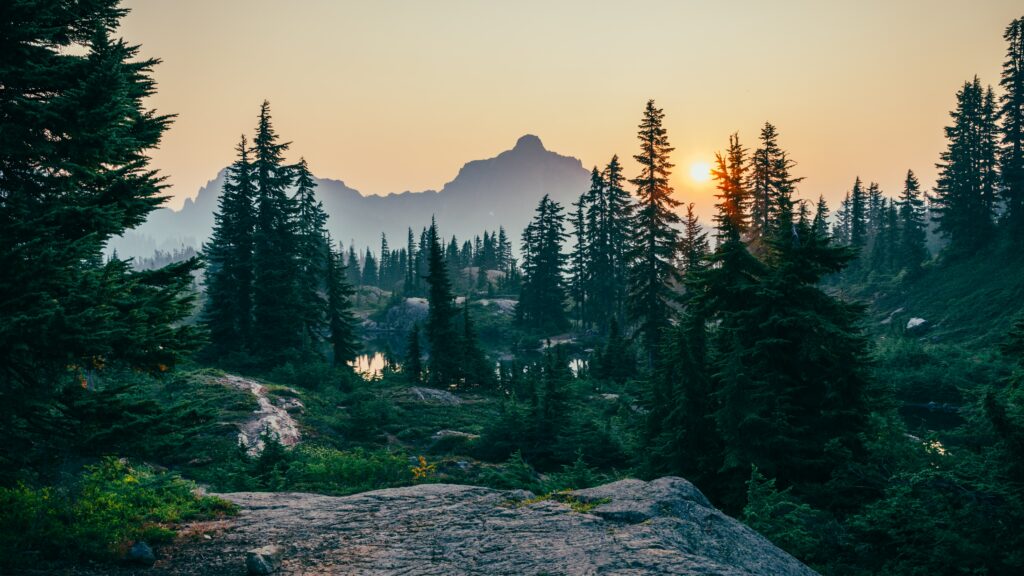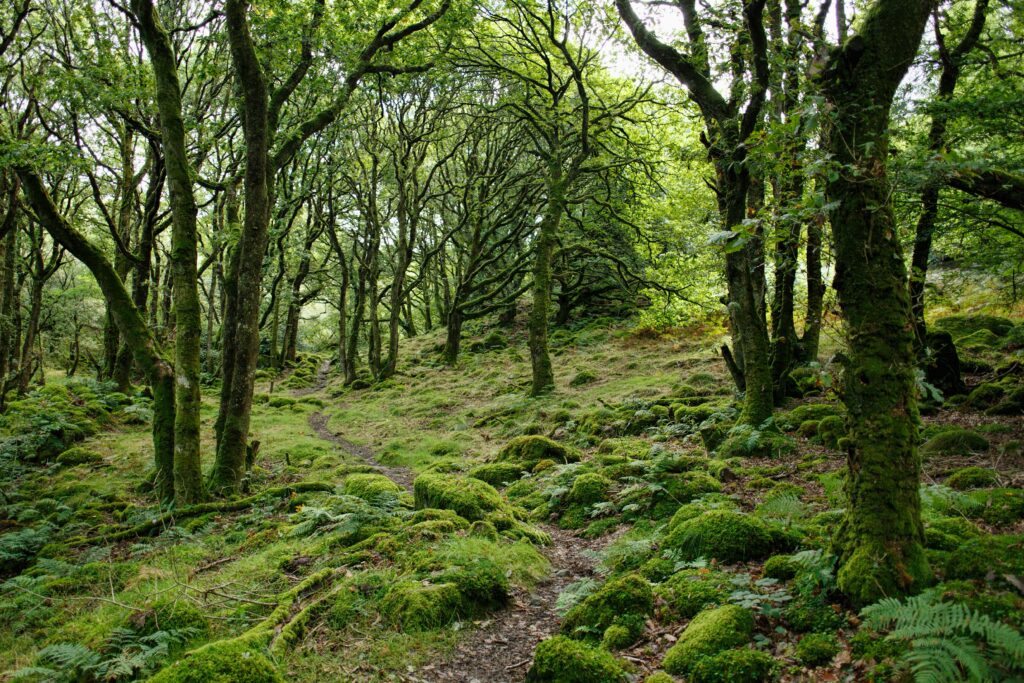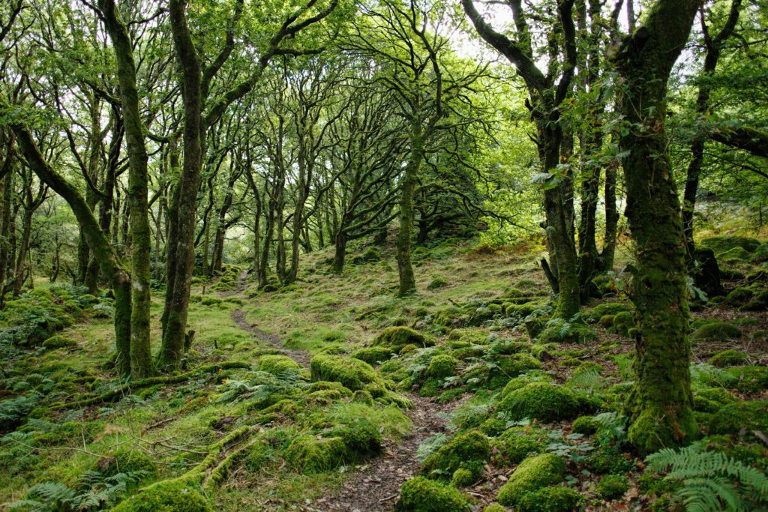The history of land ownership, how we use the land and how we perhaps should use it for the benefit of all , is a vital topic – and one often languishing at the bottom of the pile for urban-centric thinktanks and media outlets. But for most people around the world, ownership of land and the natural resources that flow from it are a matter of survival. As humanity begins to come to terms with the devastating effect we are having on the rest of nature, some great examples are emerging that could lead the way to a more sustainable future. In Rajasthan in India, rural communities form a river parliament to ensure the health of local waterways, while in New Zealand a river is given the legal rights of a person for the first time. Cities have begun to declare themselves as parkland, and indigenous knowledge is being rediscovered anew by younger generations.
In this spirit, Alliance member Marie Venner comments here on the ancient document known as the Charter of the Forest and what hope it might hold for our future:
The Organisation for Economic Co-operation and Development (OECD) sent a notice out in March in celebration of the Day of the Forest. People and kids everywhere today should be learning as much about the Charter of the Forest as we do about the Magna Carta, its more famous companion document! The Charter of the Forest reached the 800th anniversary of its signing and sealing in St. Paul’s church, on Nov. 6, 1217. Besides curbing the power of the monarchy to seize common land and resources for its own use, it asserted and assured free access by all to the commons, and thus the provisions for life and sustenance. Wikipedia clarifies that “forest” also meant large areas of commons such as heathland, grassland and wetlands, producing food, grazing and other resources.

Credit: Photo by Sergei A on Unsplash
The history of the Charter
“Forest” to the Normans meant an enclosed area where the monarch (or sometimes another aristocrat) had exclusive rights to animals of the chase and to the greenery (“vert“) on which they fed. Lands became more and more restricted as King Richard and King John designated greater and greater areas as royal forest. At its widest extent, royal forest covered about one-third of the land of southern England. Thus it became an increasing hardship on the common people to try to farm, forage, and otherwise use the land they lived on. According to Guy Standing, the Charter “was not about the rights of the poor, but about the rights of the free. For its time and place, it was a radical assertion of the universality of freedom, its commonality.”
The Charter of the Forest was unique in the extent of economic rights it provided to people. Unlike the Magna Carta, pertaining to the rights of barons, the Charter of the Forest addressed the rights of common people; it restricted the amount of land that the king could claim for private use and restored common rights to common natural resources. (UCPress.edu, The Magna Carta Manifesto: Liberties and Commons for All, by Peter Linebaugh), enacting what became a longstanding restraint against greed, enclosure, and tyranny by the most powerful.
The Public Trust doctrine dates back to Roman times. The issue of the commons – today the air and water, in the US commonly called “waters of the US” and the air – was addressed by US founding fathers over 200 years ago. In 1818, James Madison, who drafted the Fifth Amendment protecting people from deprivation of life, liberty, or property, without due process of law, publicly worried about the damage from forests being cut down. Air, water, and healthy land are certainly necessary for life and any reasonable form of liberty. As legal scholars note, James Madison was speaking to a group of farmers when he described the atmosphere as the breath of life. Deprived of it, he said, we all equally perish – meaning humans, animals, and plants. This is to say that going back to even the early days of our nation, there was very much an understanding that the atmosphere, air, and water were vital to life. In the present, it is taking a lot of legal effort, direct action, and citizen resistance to try to get these rights acknowledged again and responsibility assumed by government, with all that has been yielded to corporations and profits for the richest.
 Credit: Photo by Marc Pell on Unsplash
Credit: Photo by Marc Pell on Unsplash
Why the Charter is still important today
We need restoration or retaking of those rights today, as we again try to “stop royal encroachment of common land and protect the rights of commoners to gain their livelihood from commons resources.” The Charter of the Forest was the first environmental charter, and the first to offer a defence of the commons in general. Not only is it a fundamental part of the British Constitution, but it stayed on the statute books longer than any other piece of legislation.
Plunder of the commons continues, not just through all the land theft that occurred throughout the Americas and colonised lands worldwide (see 1491 by Charles Mann). A recent experience of such theft and domination is recounted in Sarah Augustine’s The Land Is Not Empty. For a spiritual approach to trees and nature, the best book I can recommend is Malidoma Some’s Of Water and Spirit. Malidoma was a great man from Burkina Faso, of great depth in many traditions. His story and experience (including his first traditional initiation experience, seeing a tree) are compelling, as are Augustine’s.
Today, I remember with gratitude the work of the P2P Foundation, David Bollier, and so many others on the commons and communing, Our Children’s Trust and all the cases going on in the US and around the world, fighting for the commons and our future. I am grateful for trees, their life, and growing understanding of their value (The Hidden Life of Trees is another wonderful read). It turns out the Charter even inspired an opera that deals with themes such as free people’s relation to power.
It’s time for us to see the return of these basic rights and, once again, to return the land to those who stewarded it best and longest.





